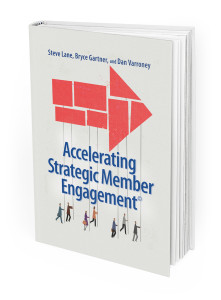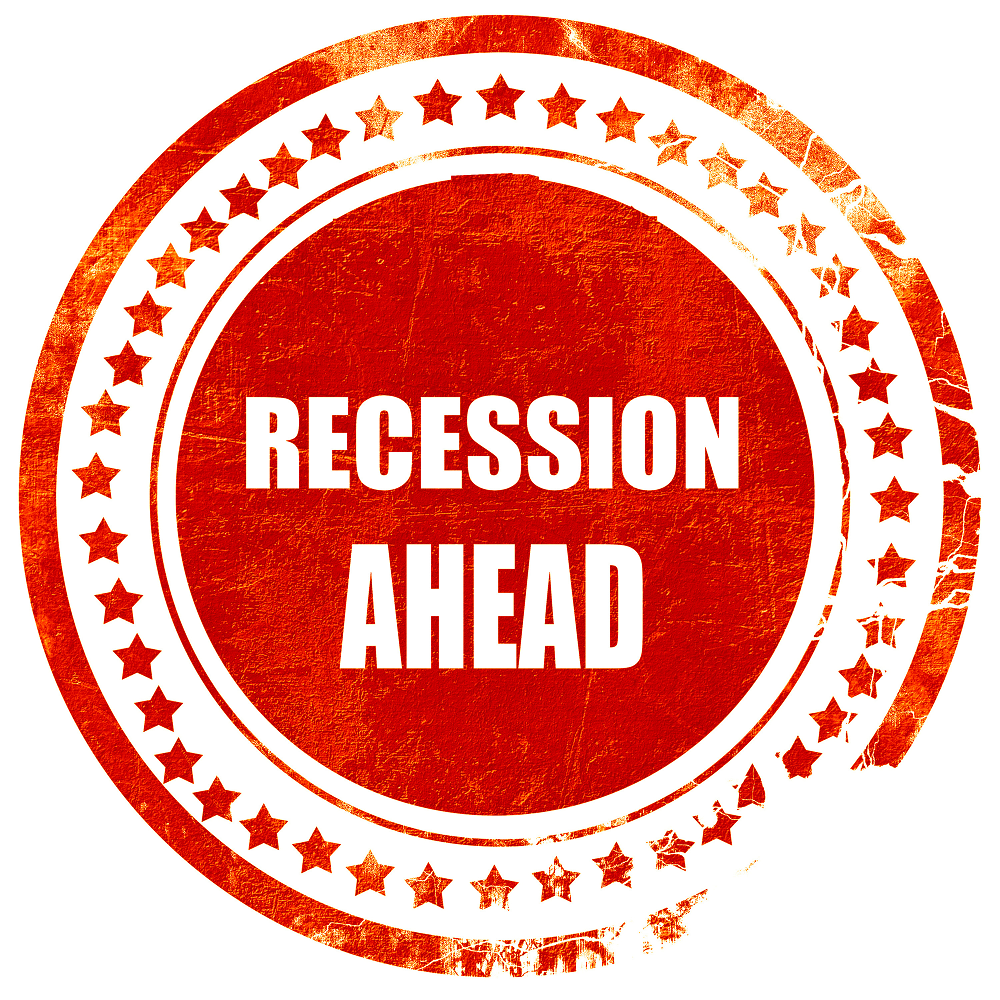
The flow of economic forecasts and performance, global crisis, disruptive innovation, and the real time updates on the U.S. elections are mind numbing. The constant stream of information reminds association executives just how complex the world has become for your members. How can your organization utilize its strategic planning process to help your members in new and different ways that increase your association’s relevance? The 5 step Breakthrough Associations process starts by expanding your association’s traditional boundaries and uniting the industry’s “value chain” within the ranks of your association.
I. Go Beyond Traditional Boundaries
What if your association was the uniting force, the link that brought the key players to work together? With technology capabilities you can link buyers, sellers, and suppliers throughout the world, so why not capture the entire industry? Breakthrough associations provides a seat at the table for the entire “value chain” of an industry.
Think of your association in a different way, having one stop shopping capability where your members network, build alliances, and develop creative solutions and identify growth opportunities for the industry. The association becomes the leader, convener, and facilitator, and it helps member executives make effective use of limited time. Its boundaries go beyond traditional membership definitions, and links the industry “value chain” to become the global strategic partner.
II. Take the Temperature of the Entire Value Chain
The 2014 the Strategic Member Engagement Survey noted that organizations with upward trending 3 year operating results were far more likely to better understand member “up at night” issues and to engage members in acting upon those needs. Expanding the scope of the research to include the entire “value chain” could provide even more compelling data.
Breakthrough associations who conduct qualitative and quantitative research on the entire “value chain” deliver powerful data because it:
- Surfaces external challenges and business growth opportunities among a group of companies who are interconnected and need each other to successfully bring products to the marketplace.
- Segments stakeholders to highlight important differences, as well as similarities, and opportunities for all stakeholders throughout the “value chain.”
III. Utilize Industry Strategic Planning Instead of Association Strategic Planning
When it comes to breakthrough associations, Board leaders view the association’s strategic planning retreat as an essential activity. They see the Association’s Strategic Planning as an extension of their own company’s long term planning efforts. Throughout the meeting, the focus of the discussion is the future of the industry and not the future of the association. Most of the board’s deliberation and brainstorming centers around the actionable data. Similar to internal company meetings, association board members prioritize the most impactful strategies. These strategic priorities are vetted by Association CEOs and their staff team. Final determinations on which activities to move forward are made based on the industry impact. Cost and revenue considerations also play important roles in the assessment process.
Throughout the process Board Members assess the viability of potential new strategies and insure these approaches align with the desired industry growth outcomes. The updated Vision and Mission statements forgo the utilization of the traditional vision, and mission statements highlighting the association and instead define how the new plan will position and strengthen the industry and the value chain.
IV. Build a “Value Chain” Focused Roadmap
Board members collaborate with association staff to make sure that the key performance indicators indeed reflect the industry growth outcomes that align with the “value chain” Impact Survey. The Roadmap identifies the timing and phasing of new “value chain” initiatives. The roadmap process also determines what activities remain and which activities are discontinued. Breakthrough associations only invest resources in strategic activities that help the industry achieve its business outcomes.
Since the “value chain” experiences frequent and sudden changes in market conditions, the association is prepared to shift priorities with a more flexible approach to strategic planning.
V. Implement a “What We Do Together” Culture
Board Leadership and the CEO share the new plan, mission, and vision with the “value chain” to emphasize how value will be delivered through the association to help suppliers, manufacturers, end users, and their customers achieve their business outcomes through the Association.
Breakthrough Associations
Breakthrough Associations can be at the cutting edge of transformation. By expanding your strategic planning process from a singular focus to a “value chain” focus, your association will build solutions that help address industry challenges while you support industry growth.

Free eBook “Accelerating Strategic Member Engagement” is available upon request for all Association Executives at Potomac Core – Association Consulting











